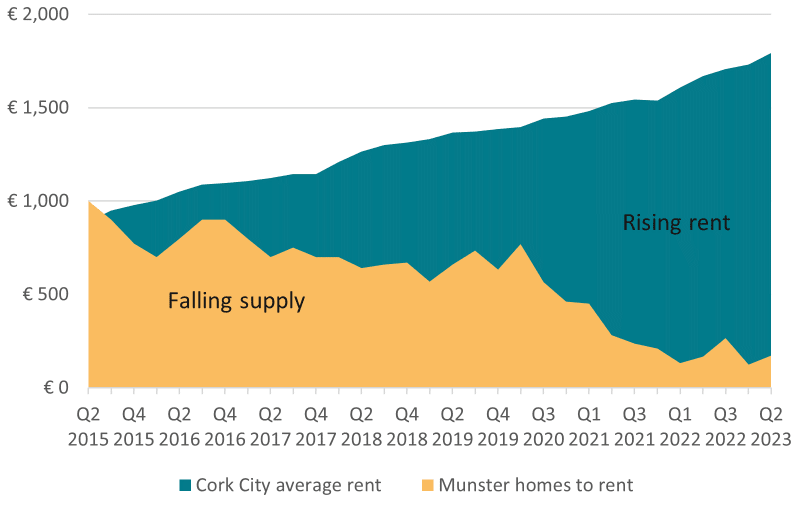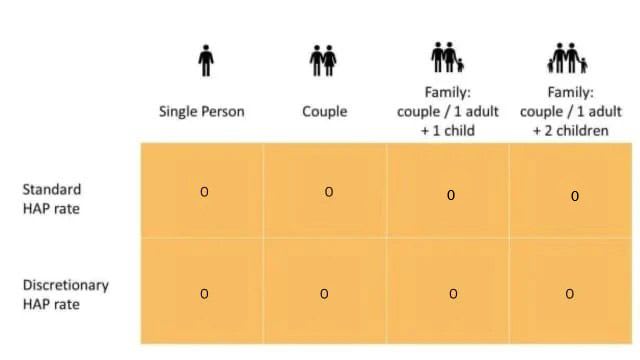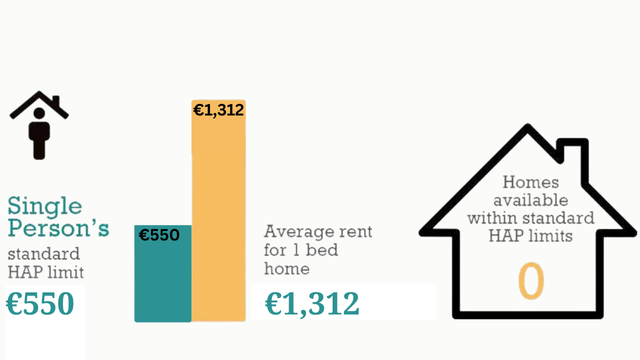Homeless Watch
Updated 28 November 2025
Homelessness and Housing Need
1,008 men, women and children were depending on emergency accommodation in the Southwest (Cork and Kerry) during the week of 20-26 October 2025 – up 24% in twelve months.
This figure includes 778 adults, and 230 children in 109 families.
In the twelve months to October 2025, the number of adults increased by 28.5%; the number of children increased by 11% and the number of families increased by 4.8%.
712 adults were depending on emergency accommodation in Cork during the week of 20-26 October 2025 – an increase of 26.9% in twelve months.
66 adults were depending on emergency accommodation in Kerry during the week of 20-26 October 2025– up 53% in twelve months.
Note! These figures only capture people in emergency accommodation and don’t reflect the full scale of the homeless crisis. People rough sleeping, those in squats, parents and children in refuges, those in direct provision and hidden homelessness – people staying with family or friends on an insecure basis, often in over-crowded accommodation, because they have no-where else to stay – are not counted.
Private Rental Market
Rising rent and falling supply:
Rising rents in Cork city centre – falling rental supply in Munster:

* Data for Q4 2022 is not included as supply data in that report is presented by the year rather than the quarter.
Daft.ie’s Rental Price Reports show average monthly rent in Cork City has more than doubled in the last 9 years, from €889 in Q2 2015 to €2,005 in Q2 2024. During the same time period, the daily number of homes available to rent in Munster has reduced by more than three-quarters from 1,000 in Q2 2015 to 250 in Q2 2024.
Housing Assistance Payment (HAP) is a form of social housing support, aimed at assisting people who have a long-term housing need and are on a local authority’s housing list, to secure private rented accommodation. HAP standard limits are calculated according to location and household size, with a discretionary top-up possible, determined case-by-case. In July 2022, the HAP discretionary top-up limit in counties outside of Dublin increased from 20% to 35%. Also since July 2022, the HAP rate for a single person can be increased to the HAP rate for a couple, determined again on a case-by-case basis. However, both standard and discretionary HAP limits, across household categories, still fall short of average rents in Cork City.
No homes available to rent in Cork city or suburbs within standard or discretionary HAP limits:
Homes available to rent in Cork city centre and suburbs within standard and discretionary HAP rates, according to four household categories:

The latest Simon Communities Locked Out of the Market Study (September 2024) found that over three consecutive days in September 2024, there was an average of 31 homes available to rent in Cork city centre each day. None of these properties were affordable within standard or discretionary HAP rates for any household category.
In Cork city suburbs, an average of 32 homes were available to rent each day during the three-day study period. None of these properties were available within standard or discretionary HAP rates for any household category.
The picture facing a single person seeking to rent in Cork city through HAP:

The standard HAP limit for a single person in Cork city is €550 – less than half the average rent for a one-bed property in Cork city, which according to Daft.ie Rental Price Report Q2, 2024 is €1,321.
Since July 2022, local authorities can, on a case-by-case basis, increase the HAP rate for a single person to the rate for a couple – in Cork city this is €650. They can also, on a case-by-case basis, increase the HAP rate by up to 35% – bringing the maximum HAP rate for a single person in Cork city to €877.50. This however is still €434.50, or 33%, below the average rent for a one bed home in Cork city.
The latest Simon Communities Locked Out of the Market Study September 2024 found that over three consecutive days in July 2024, there were no homes available to rent in Cork city centre or suburbs within the standard or discretionary HAP limits for a single person.
More than two-thirds of people relying on social housing support, such as HAP, at risk of poverty after paying rent:
The CSO’s Survey on Income and Living Standards, 2022 finds that people renting with social housing supports, such as HAP, are most at risk of poverty after rent is paid.
The survey finds that 21.9% of the population are at risk of poverty when housing costs are factored in. Households dependent on rent subsidies such as HAP / RS / RAS are worst affected; their at risk of poverty rate is 67.6% after rent is paid.
(At risk of poverty is defined by the CSO as living on an income less than 60% of the national median equivalised disposable income. The equivalised median income in 2022 was €26,247 annually, or €504.94 a week. The 60% at risk of poverty rate, therefore, was €302.96 a week.)